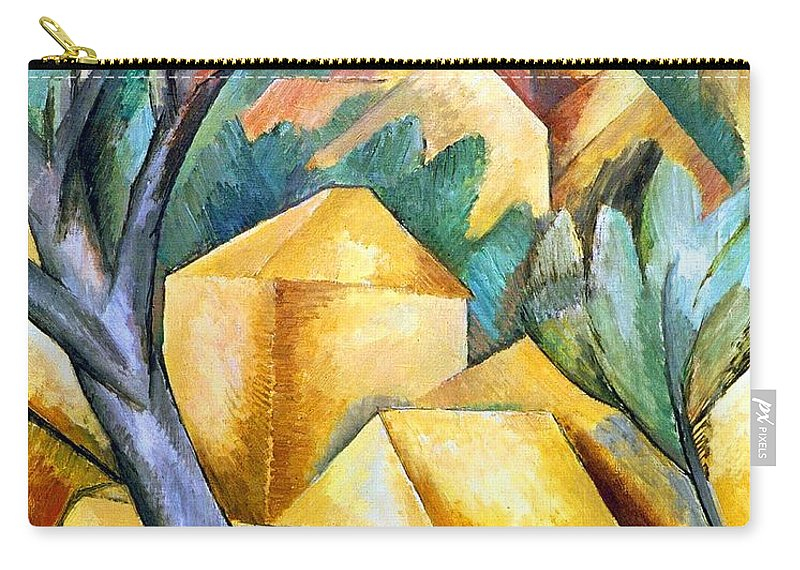Its Name Derived From A Mocking Comment
A solo exhibition of 27 works by Georges Braque, saturated with geometric landscapes and canvases that appeared to have been sliced by angular lines, was held in the fall of 1908 at the more understated Kahnweiler Gallery. A few months prior, Braque attempted to submit a handful of those same paintings to the Salon d'Automne, but the jury, presided over by Matisse, rejected them.
Houses at l'Estaque was one of many that Braque produced in the French town of L'Estaque. In his work Houses at l'Estaque, Braque defied accepted perspective conventions and reduced the painting's houses and trees to their most basic geometric shapes. The painting's components laid the groundwork for the Cubist movement, despite the fact that it is regarded as a proto-Cubist piece. The French art critic Louis Vauxcelles gave the movement the term Cubism after observing some of Georges Braque's paintings. He wrote an explosive review for the literary magazine Gil Blas shortly after the performance's debut, attacking Braque and claiming that he “despises form, reduces everything, places and figures and houses, to geometric schemes, to cubes.”His remark gave the Cubist painting movement a name.











